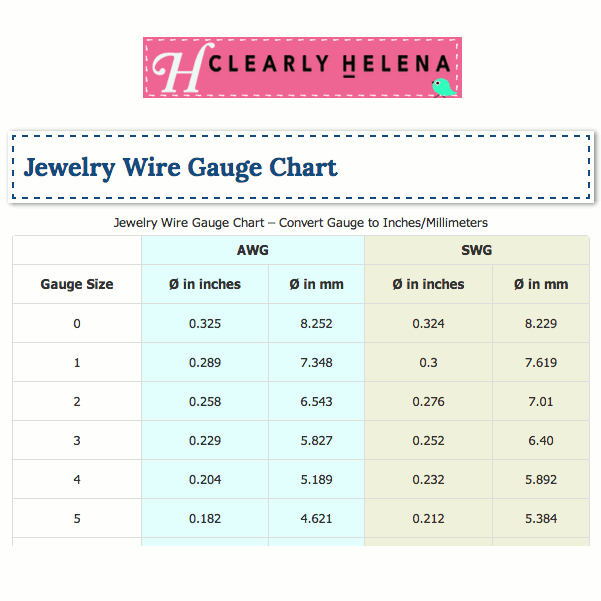

This refers to a wire’s thickness, and it is an important metric that can help you find the right wire for your needs.īut how do you know which wire gauge is right for you? That is what we’re here to talk about today. If you want your fence to be effective, you need to consider local zoning laws, the terrain on your land, and your purpose for the fence - all before you even start thinking about things like material or type of weave.īut there is one element of wire fencing that many people struggle to understand (if they remember to think about it at all): wire gauge. The smaller the gauge, the thicker and stronger the fence will be.įor Residential Grade Chain Link Fencing, the ASTM standard specification suggests an 11 ½ Gauge wire size with diamond mesh sizes no larger than 2 1/8” for fences three to five feet tall, and for fences six feet or taller, 11 Gauge wire with diamond mesh sizes no larger than 2”.There are many considerations that go into choosing the right wire fence for your property. Gauge Size: A chain link fence gauge refers to the wire diameter used for weaving the chain link fabric.

The Chain Link Fence Manufacturers Institute (CLFMI) recommends that a chain link fence needs to meet the standards established by the American Society for Testing and Materials (ASTM).ĭiamond Mesh Size: The fabric diamond mesh size is measured by the distance between the parallel inside edges of each diamond created when weaving together the wire that makes chain link fence fabric. Many different types of gauges and mesh sizes are available for chain link fabric. The fabric portion of the chain link fence, sometimes referred to as chain link mesh, is what attaches to the physical framework of the fence and forms the actual barrier.

This type of fence fabric works best in commercial and high-security settings. This creates sharp edges, so it is strongly recommended to avoid it in residential chain link fence applications in order to protect individuals from these sharp edges.
#Fence wire gauge chart full
Twist Barb Selvage is made by twisting the wire ends together, typically in three full turns, and then cutting the ends at an angle. A knuckled chain link fence is highly recommended for fencing applications where pets and children may be nearby. This rounded shape creates a gentle top and bottom for the fence and won't catch on clothing or people. The two main styles for chain link fencing are Knuckle and Twist.Ĭhain Link Mesh Knuckle Selvage is made by twisting the pairs of wire ends and then folding the wire ends back down into a loop that prevents the sharp wire ends from being exposed. When specifying the selvage type on chain link fencing, you refer to how the top and bottom of the chain link mesh are twisted and joined together.
#Fence wire gauge chart how to
We’re here to help our customers determine these factors and to help them learn Every Component of Their Chain Link Fence, and How To Install Chain Link Fencing – starting from the top and working down to the posts that sit in the ground! Other factors to consider when doing research depend on the fence's desired use and location. Due to the wide variety of applications chain link fence is useful for, it can easily get confusing when researching which style, mesh size, and height are needed for your residential chain link fence. Residential Chain Link Fence SpecificationsĬhain Link Fencing is available in many different grades, styles, and sizes.


 0 kommentar(er)
0 kommentar(er)
